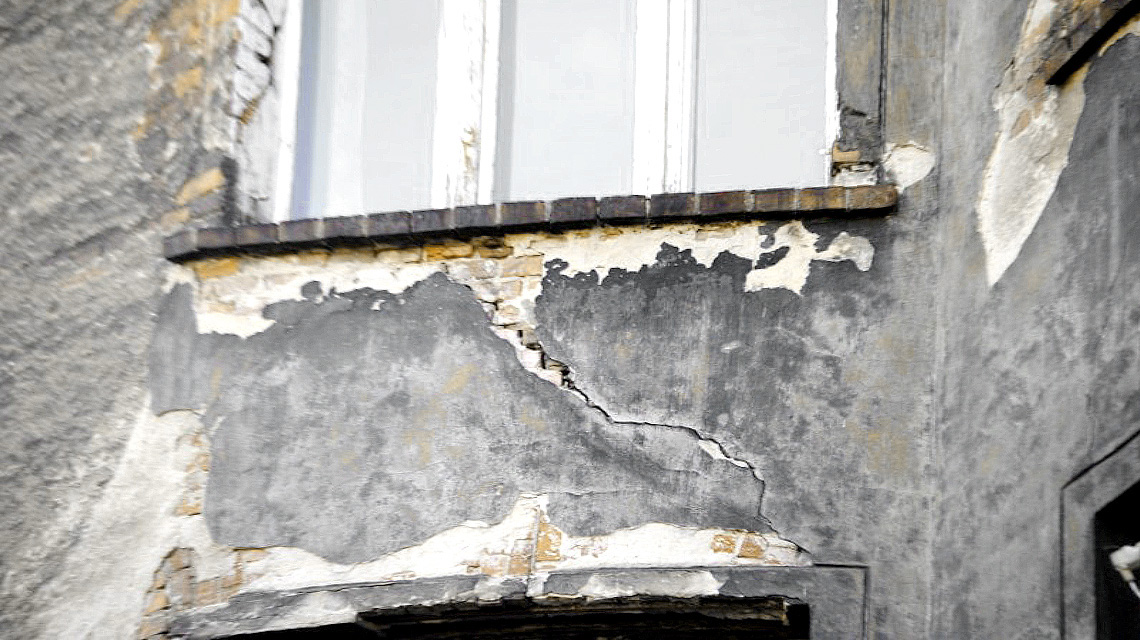 Almost all masonry materials and structures are sensitive to climate change. Temperature fluctuations, Humidity, precipitation and wind cause different effects.
Almost all masonry materials and structures are sensitive to climate change. Temperature fluctuations, Humidity, precipitation and wind cause different effects.
Masonry structures exposed to strong heating by sunlight or subjected to low temperatures experience fluctuations in spatial dimensions. Therefore, deformations are formed on the surface of the walls in the form of sprains and bulges, small scratches and cracks appear. Thermal movements also promote premature aging of protective layers, so expeditions and isolation, that separate from the surface of walls or structures, expose them and facilitate penetration into the interior of the precipitation structure, dew and fog. As a consequence of changing climatic operations in materials and structures, a weakening of the cohesiveness of the structure and an increase in the fragility of materials can be observed.. Stones, brick and mortar become more porous, begin to swell or crumble, reveal a loss of substances and therefore their specific gravity and mechanical properties are reduced. This action, in turn, causes the formation of internal stresses, which, with the simultaneous action of unevenly distributed external forces, leads to a local concentration of stresses, Deformation, decrease in strength and destruction of walls. Destruction and deformations proceed all the faster, the greater the scale or ceramic products have structural irregularities, the weaker the adhesion of the mortar to the materials and the more voids there are in the working cross-section, caverns, crevices and cracks.
In many cases, severe damage or damage can be caused by winds. Gusty or hurricane winds tear off roofs, overturn walls and structures poorly related to other structural elements of the building or those, which do not have sufficient rigidity of their own.
Direct wind action on structures and masonry materials contributes to deflation and aeolian corrosion. This phenomenon is quite common in many historic buildings. It is formed by the action of the wind even with a normal blowing force: the wind sucks and tears off from the surface of stones or bricks fine and poorly bonded weathered particles, then it moves them and hits them with force against the face planes of the materials. This rounds the sharp edges, deformation of profiles, even the formation of crayfish, furrows and cracks.
Silicate materials are particularly susceptible to weathering, natural stones — except limestone — and artificial materials.
The wind carries various harmful gaseous substances in the air or dissolved in rainwater or melting snow; embeds them on the surface of the walls, sculptures and architectural decorations. With the wind, these substances penetrate into the interior of buildings and destroy the frescoes, Paintings, elements of artistic décor and valuable movable equipment.
The operation of atmospheric processes under normal conditions and surroundings is slow and basically does not cause great damage to masonry materials., and especially stone. This is evidenced by historic buildings, which have survived to our times for many hundreds of years.